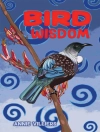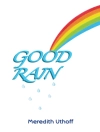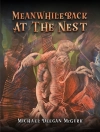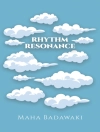“John Taggart’s poetry is not like music, it is music.”—George Oppen
Is Music—a major retrospective of an American original—gathers the best poems from John Taggart’s fourteen volumes, ranging from early objectivist experiments and jazz-influenced improvisational pieces to longer breathtaking compositions regarded as underground masterpieces. There is a prayerful quality to Taggart’s poetry, rooted in music—from medieval Christian traditions and soul to American punk rock. He is also heavily influenced by the visual arts, most notably in his classic “Slow Song for Mark Rothko, ” in which he did with words what Rothko did with paint and dye.
To breathe and stretch one’s arms again
to breathe through the mouth to breathe to
breathe through the mouth to utter in
the most quiet way not to whisper not to whisper
to breathe through the mouth in the most quiet way to
breathe to sing to breathe to sing to breathe
to sing the most quiet way.
To sing to light the most quiet light in darkness
radiantia radiantia
singing light in darkness.
To sing as the host sings in his house.
John Taggart is the author of fourteen books of poetry and two books of criticism. He was, for many years, a professor of English and director of the Interdisciplinary Arts Program at Shippensburg University. He lives near Shippensburg, Pennsylvania.
O autorze
John Taggart is the author of thirteen books of poetry and two books of criticism. During the late 1960s and early 1970s, he was the editor and publisher of the literary magazine Maps. Former Professor of English and Director of the Interdisciplinary Arts Program at Shippensburg University, Taggart retired from teaching in 2001.












